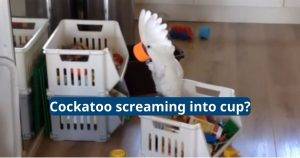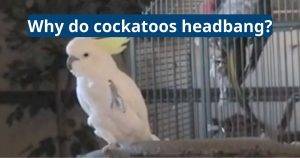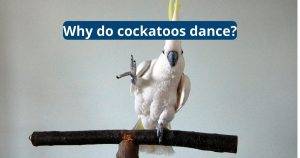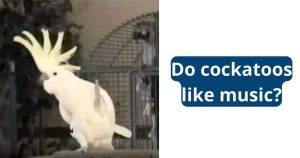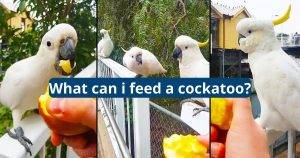Can Cockatiels Live With Parakeets?
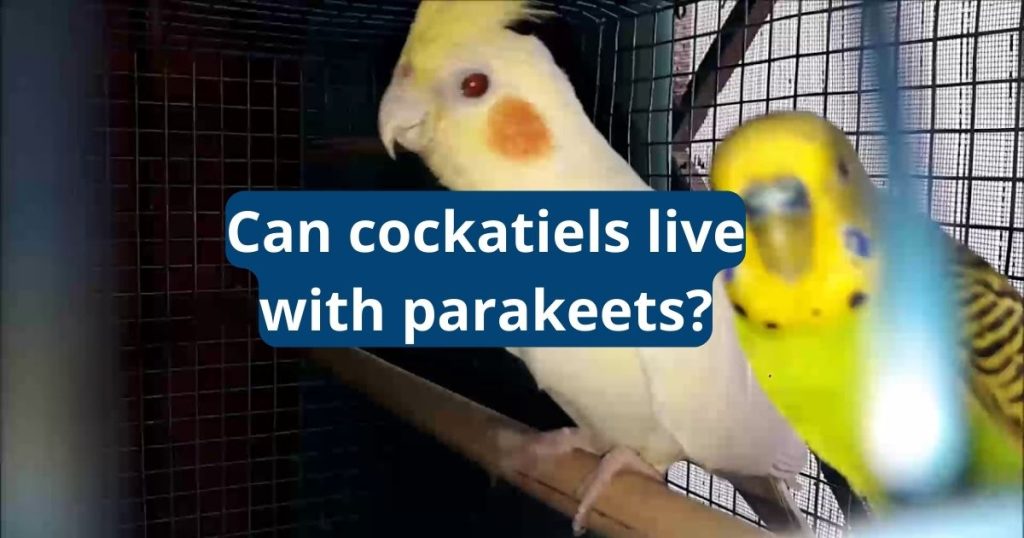
Cockatiels can live with parakeets, but you must make sure that the birds have similar temperaments. It is also important to keep in mind that males and hens can become aggressive during the mating season. It can be difficult for cockatiels to accept aggressive budgies, but this can be overcome with careful planning and gradual introduction. In addition, both birds need spacious living environments and separate feeding and care routines.
Cockatiel temperament
Cockatiels require a lot of space and enrichment in their cages. They also need to be able to flap their wings freely. To ensure this, get a cage with wide-open bars and an outdoor aviary if possible. These birds enjoy a variety of toys and fresh fruits. They also need plenty of exercise throughout the day.
They are less social than some parrots, but they can bond closely with their human family members. They are intelligent and can learn to wave, whistle, and ring a bell on command. They need a diet high in seeds, vegetables, and fruit to keep them healthy.

Cockatiel diet
Cockatiels need a diet rich in fruits, vegetables and seeds to thrive. They should also eat a lot of pellets. Pumpkin is a good option, as it is less acidic than other fruits and contains many vitamins and minerals. Watermelon is also a great choice, but make sure to remove the rind and soften it in water before feeding it to your pet.
In the wild, cockatiels and parakeets live in flocks together and are used to seeing each other. This means that they can coexist without problems, as long as their cages are large enough to accommodate them. However, it is a good idea to quarantine new birds for a few weeks before introducing them to your home.

Cockatiel cage
Cockatiels have different personalities and dietary requirements than parakeets. It is important to keep them separated, especially if they are new birds in the same household. They may also eat each other’s food. This can cause respiratory problems in parakeets.
This cage features a sturdy cart stand and durable rolling casters that make it easy to move the cage. It also has a large storage area for food and toys. It also has a top opening that allows the cockatiel to climb and exercise. It comes with a variety of perches in different sizes and shapes. The spacious play top can be used for toys and a swing.

Parakeet temperament
A parakeet is a small, intelligent bird. They can be tamed and can mimic human speech. They are playful and enjoy playing with toys. They also love to chew.
They puff up and shake their feathers throughout the day. This is a form of preening that helps keep their feathers clean and draws out the natural oils. They may also puff up to show off or attract a mate.
They often regurgitate food to their mates and friends. This is a natural part of their diet. It is best to feed them a combination of small parrot food, vegetables and fruits. They should always have fresh water to drink.

Parakeet diet
Cockatiels and parakeets get along well, but they cannot breed together. This is because they are from different scientific families – cockatiels are from the Cacatuidae family while parakeets (budgies) are from the Psittacoidae family.
Ideally, cockatiels and parakeets should be kept in separate cages. This is to avoid aggression and territorial disputes. It is also necessary because of the different dietary requirements between the two species.
Cockatiels are about twice the size of parakeets, so they can bully the smaller birds and cause them to lose their feet and toes. The best way to prevent this is to make sure that the cockatiel’s cage has bar spacing of 1/2-inch or less.

Parakeet cage
Cockatiels and parakeets get along well in the wild because they share similar habitats. They can also live together if they are allowed to interact in neutral areas outside their cages, as long as the play area is spacious enough for both birds to fly freely.
The cage should have gaps no wider than a quarter of an inch and be sturdy enough to prevent escape attempts. It should also be easy to move around and have an attached food or water dish. You should also avoid using metal mesh because parakeets are known to chew it.

Before introducing your birds, quarantine them for two weeks. After this, slowly introduce them to each other. Make sure you observe their behavior to ensure that they don’t fight or display territorial behaviors.

